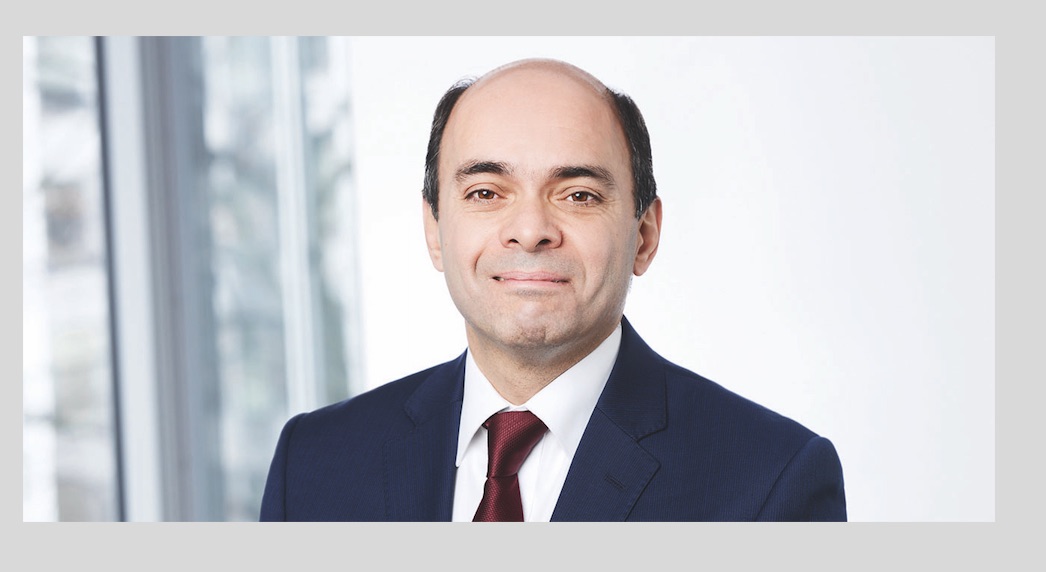Los fondos españoles crecen un 0,2% en enero gracias a las suscripciones de 1.500 millones
| Por Alicia Miguel | 0 Comentarios

Los fondos de inversión españoles han empezado el año con buen pie. En concreto, sumaron en enero 446 millones de euros, lo que supone un crecimiento del 0,2%, y situaron su patrimonio en 277.003 millones de euros, según los datos de Inverco.
La clave del crecimiento no estuvo esta vez en los mercados, sino en las aportaciones de los inversores y partícipes: en enero, llevaron flujos de 1.556 millones netos a los fondos de inversión españoles.
Las suscripciones fueron sobre todo a fondos mixtos, lo que muestra que el apetito de los inversores por el riesgo se reactiva, pero de forma moderada: así, destacaron en enero los fondos de renta fija mixta internacional, que obtuvieron entradas netas por importe de 913 millones de euros. También los de renta variable mixta lograron captar el interés inversor del partícipe, acumulando 619 millones de euros de flujos netos positivos.
Los fondos globales y los de deuda internacional comenzaron 2020 con captaciones positivas de 478 y 394 millones de euros respectivamente.
Por el lado de los reembolsos netos, las categorías de renta variable internacional y renta variable acumulan casi 230 y 194 millones de euros de salidas respectivamente, mientras que los fondos de renta fija a corto plazo experimentaron los mayores reembolsos del mes, 613 millones de euros de salidas netas.

Los mercados, en contra en enero
En esta ocasión, los mercados jugaron en contra: al contrario que en la mayoría de meses anteriores, los ajustes producidos en los mercados de renta variable restaron valor a las carteras con mayor exposición a acciones, produciendo como resultado una disminución en el volumen de activos de estas categorías.
Así, la categoría con mayor reducción fue la de bolsa internacional, y también la de renta variable nacional. En ambos casos, el ajuste de valor por efecto mercado vino acompañada de desinversiones netas por parte de los partícipes, y su efecto conjunto fue en enero el descenso en el volumen de activos en ambas categorías.
Y es que, tras cerrar 2019 con elevadas rentabilidades, los mercados de renta variable comenzaron el año con algunas dudas, tras los escenarios de incertidumbre que dejan los problemas con la gripe en China o el Brexit. Los fondos obtuvieron una caída del 0,33% en rentabilidad.
Por categorías, aquellas con exposición a renta fija de larga duración obtuvieron las mejores rentabilidades, que en el caso de la renta fija a largo plazo alcanza en media el 0,51%, y el 0,66% para los garantizados de rendimiento fijo. En sentido contrario, las categorías con mayor ponderación en renta variable obtuvieron rendimientos negativos.

Pese a las dudas de los mercados, el número de cuentas de partícipes se situó en los 15.370.049, lo que supone un aumento del 0,4% con respecto a diciembre de 2019.
La inversión colectiva crece
En este contexto, el patrimonio en conjunto de la inversión colectiva (fondos y sociedades) se ha mantenido casi sin cambios en el primer mes del año, con un ligero incremento de 193 millones de euros.










